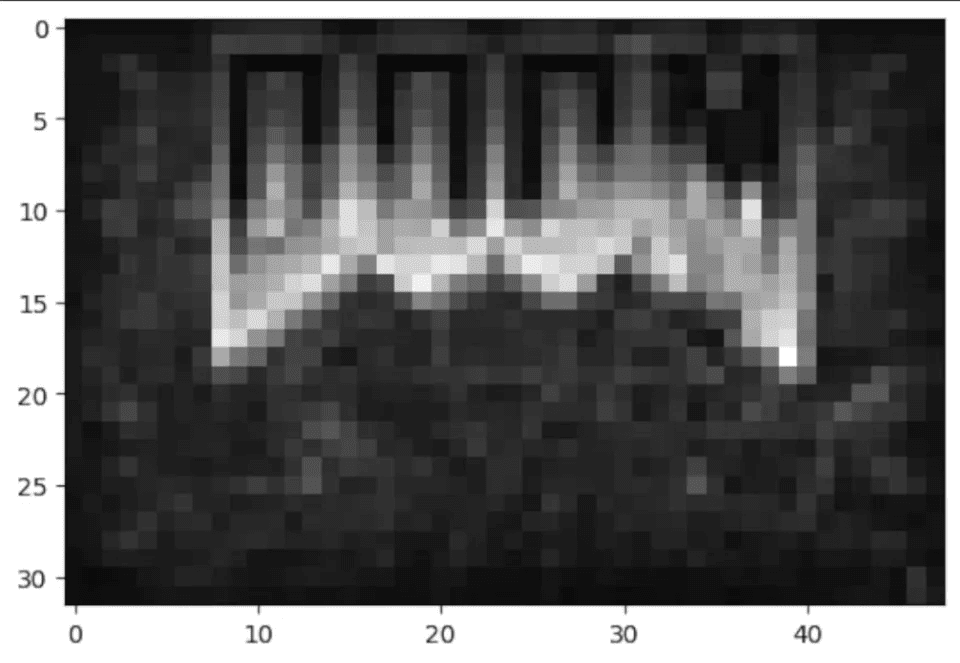
Love it or hate it, but you can’t deny the impact that ‘Doom’ has had on the gaming world. From its humble beginnings to its recent releases, the game has continued to captivate gamers for over 30 years.
But have you ever thought about playing ‘Doom’ in a rather unconventional way? Enter Lauren “Ren” Ramlan, a MIT biotechnology PhD student researcher, who has managed to display ‘Doom’ gameplay on a bacteria display made of E. coli cells.
“I’ve always been drawn to the fun and entertaining side of science. I find bioengineering to be a wonderful yet underutilized avenue for art and creativity, which is what led me to the Media Lab and BE department here at MIT,” Ramlan told Decrypt. “This project is a great example of the type of scientific work I like to pursue—combining genetic engineering with engaging, thought-provoking entertainment.”
While the idea of running ‘Doom’ on gut bacteria might seem far-fetched, Ramlan’s innovative approach used a 32×48 1-bit display made up of E. coli cells, with each cell acting as an individual pixel. The cells were illuminated using a fluorescent protein, effectively creating a display for the iconic game.
Although the concept of running ‘Doom’ on bacteria might sound intriguing, it’s important to note that the cells’ limited capabilities make it a challenging task. However, Ramlan successfully used the bacteria display to render ‘Doom’s’ gameplay in a unique and innovative way.

“The choice of Doom came from its preexisting reputation of unconventional gameplay,” Ramlan said. “I had a great time researching all the wacky devices people had run the game on previously, and wanted to throw my bioengineer hat in the ring.”
Playing ‘Doom’ using gut bacteria might not be practical at the moment, as it takes a considerable amount of time to display each frame. It took 70 minutes to illuminate the cells for one frame of simplified black-and-white gameplay and eight hours and 20 minutes for the cells to return to their starting state when they were no longer needed.
“What has brought Doom out of the shadows of the 90s and into the modern light is not its riveting gameplay or questionable protagonists, but rather its appealing computational design,” Ramlan wrote. “Built on the id Tech 1 engine, the game was designed to require only the most modest of setups to be played.”
In other words, it would take around eight and a half hours to display each frame of gameplay, making it incredibly slow compared to modern gaming standards.
RELATED: San Jose Store Shares Humorous Pokémon Theft Surveillance Video
If you were to play ‘Doom’ using a bacteria display, it would take a staggering 599 years to complete a five-hour playthrough, given the cells’ limitations. So, while the idea of playing ‘Doom’ on gut bacteria is fascinating, it’s probably best to stick to more conventional methods for now.
“Neuronal computing has given us neurons capable of controlling flight simulators, piloting robots, playing Pong, and recently, playing Doom itself,” Ramlan said. “However, I argue that programming cells to play Doom is not the same as running the game themselves.”
Despite the impracticality of playing ‘Doom’ on bacteria, Ramlan’s innovative approach showcases the potential of using unconventional displays for gaming. As technology continues to evolve, we may see even more unique ways to experience our favorite games.
NEXT: Duncan Jones Bringing Fan Favourite Rogue Trooper To The Movies With Unreal Engine 5

Leave a Reply